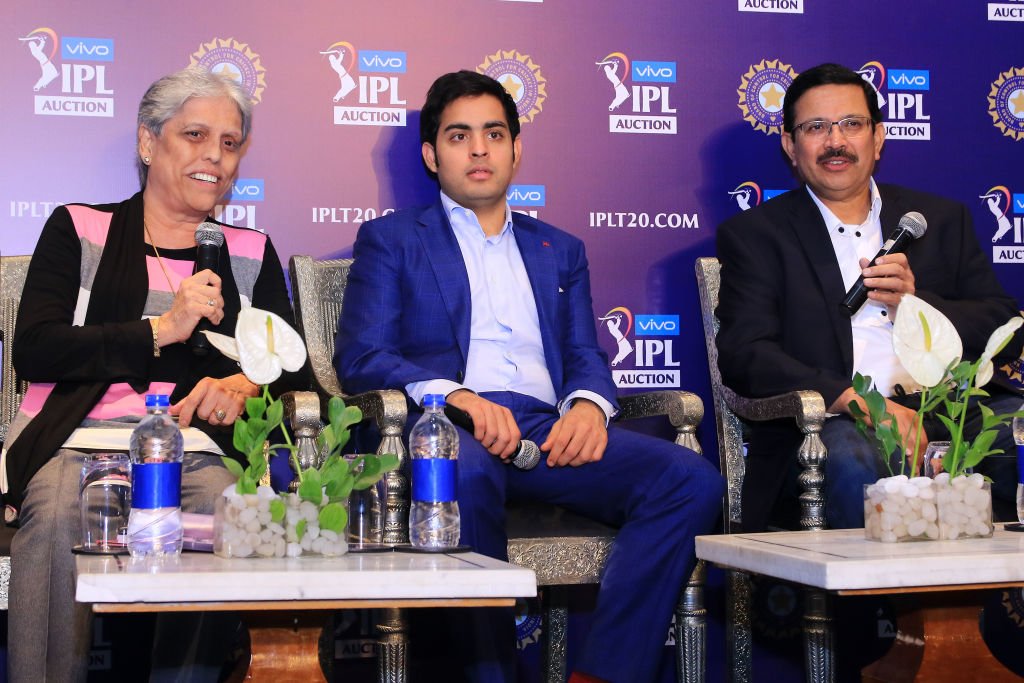
The Indian Premier League (IPL) is not just a cricket tournament; it’s a monumental event that captures the attention of millions of fans worldwide. As we look ahead to IPL 2025, the governing body has introduced a comprehensive set of retention rules and regulations, establishing a framework for teams to manage their rosters effectively ahead of the much-anticipated mega auction. These changes aim to enhance competition while providing franchises with the flexibility to retain key players.
Overview of Retention Rules
The IPL 2025 retention system allows each franchise to retain a maximum of six players from their existing squad. This can be accomplished through two main methods: direct retention and the Right to Match (RTM) option. Teams can choose to mix and match these methods according to their strategies. The regulations specify that out of the six retained players, a maximum of five can be capped players, which includes both Indian and overseas players. Additionally, teams are permitted to retain up to two uncapped players.
Auction Purse and Salary Cap
A significant update for IPL 2025 is the increase in the auction purse, set at INR 120 crores, a rise from INR 100 crores in the previous auction. The total salary cap for teams will also see a substantial increase, combining the auction purse, performance pay, and match fees. The total salary cap for IPL 2025 will reach INR 146 crores, with projections to rise to INR 151 crores in 2026 and INR 157 crores in 2027. This new financial structure reflects the growing value of the IPL and its importance in the cricketing landscape.
Match Fees for Players
For the first time in IPL history, a match fee has been introduced, offering players INR 7.5 lakh for each game played. This additional compensation not only rewards players for their participation but also encourages them to maintain peak performance and fitness throughout the season. This initiative aims to further professionalize the league and provide players with more incentives to excel.
Player Availability and Regulations
Another critical aspect of the IPL 2025 retention rules is the stricter regulations concerning player availability. If a player registers for the auction but subsequently makes themselves unavailable before the season starts, they will face a two-season ban from the tournament. This regulation is designed to discourage unplanned pullouts, ensuring that teams can rely on their rosters without unexpected absences.
Moreover, a unique stipulation states that capped Indian players who do not participate in international matches over the previous five years will be considered uncapped for the IPL. This rule adds a layer of strategy for teams as they evaluate potential signings and retentions.
The Right to Match (RTM) Option
The Right to Match (RTM) option continues to be a strategic tool for franchises during the auction. This mechanism allows teams to retain a player they previously released by matching the highest bid made by other teams. The RTM option adds an intriguing dynamic to the auction, as teams must anticipate and react to bids in real-time, creating a more competitive environment.
The Return of the Player Loan System
In addition to the retention rules, the IPL has reinstated the “Player Loan” concept, allowing franchises to loan players to other teams. This move aims to address player shortages in certain teams while optimizing squad depth across the league. The success of this initiative will depend on teams’ willingness to collaborate rather than compete directly in player management.
Conclusion
As IPL 2025 approaches, the new retention rules and regulations signify a pivotal shift in how franchises will manage their squads. By allowing teams to retain key players while introducing financial incentives and penalties for player availability, the governing body aims to create a more competitive and exciting league. With the auction set to take place later this year, teams are gearing up to strategize and build their rosters for what promises to be another thrilling season of cricket.
These adjustments reflect the IPL’s ongoing evolution, emphasizing not only the importance of talent but also the management strategies that can determine a franchise’s success. As fans and teams alike prepare for the upcoming auction, the excitement surrounding the IPL continues to build, promising an action-packed season ahead.

